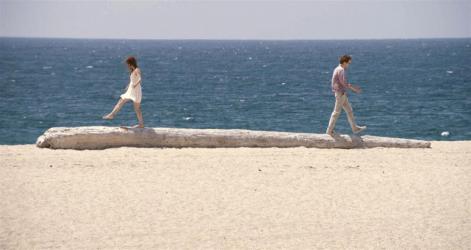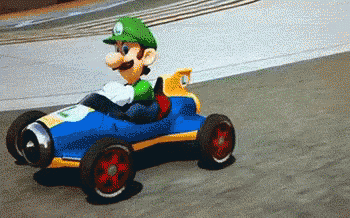
Originally Posted by
Bolivar

Chrono Trigger, Dragon Quest V, and Tactics Ogre: Let Us Cling together were far superior in terms of the scope of their stories and their mastery of gameplay.
I've played two out of three of these (I haven't played Tactics Ogre since I suck at strategy games), and nope, not even close.
Don't get me wrong, CT and DQV both have some incredible strengths to their storytelling, and I would go so far as to say that Final Fantasy VI might not even exist in its current form without DQV, because quite a lot of what FFVI did was done by DQV first. But the scope of their stories is completely different. DQV focuses on the travels of one family throughout the course of their lives. FFVI focuses on a gigantic ensemble cast throughout the year. The length of the story told by DQV is massive, and to be honest it takes risks that I'm not aware of any other RPG to this day taking that paid off handsomely. But the world is nowhere near as developed as the world of FFVI. By the time the World of Ruin rolls around, it is entirely possible to imagine quite what the characters feel like, despite the 16-bit graphics. That is a gigantic accomplishment.
FFVI also earns points for its nonlinearity (which, to be sure, does not occur until the second half of the game - but then again, neither does Chrono Trigger's). To my knowledge, no other JRPGs apart from Chrono Trigger afford the player as much freedom as FFVI does in the second half of the game (although to be fair, I haven't been keeping up with recent releases, due to my interest in gaming having fallen off quite substantially and not owning two out of three of the modern consoles).
I will acknowledge that the battle system is where FFVI does come a bit short compared to some of its contemporaries. While FFVI's battle system is certainly serviceable enough, it is generally acknowledged even by fans of the game as the one place where the game falls short of sheer perfection. It certainly has been surpassed both by other entries in the series (FFV, FFT, etc.), and some of its contemporaries (I would even go so far as to name DQV and CT as two games that surpass the depyh of its battle systems). But with so many other places where the game achieves technical mastery, most people are willing to overlook a somewhat less deep, but still perfectly serviceable, battle system.
Anyway I would say that there are plenty of games from the era that come close to rivalling FFVI (DQV would be one, actually, as would Seiken Densetsu 3), and one that even manages to equal it in accomplishment (CT). But I don't think any surpass it.

Originally Posted by
WildRaubtier


Originally Posted by
Bolivar

awesome menu-based combat, a deep customization system,
what
There is a hell of a lot you can do with FFVI's customisation system. Admittedly, a lot of it doesn't open up until you get espers, and some of it doesn't even really become possible until the World of Ruin, but the idea of giving characters stat bonuses on level up if they had certain espers equipped, for example, was a stroke of genius. Granted, as an obsessive-compulsive gamer it drives me absolutely
crazy, since I want my characters' stats to be as perfect as possible (even though by the time you've levelled them up enough it doesn't matter worth a tit).
ETA: One of the points I probably should have elaborated on above is the fact that one of FFVI's strengths that lifts it above most of its competition is in an area very few people talk about when it comes to video games, which is in its world-building. Very few other games manage to feel like a real setting, and this is what it does radically better than any of the other games that have been mentioned in this thread. In part this is because there are so many believable characters in the game - not just the party members and the main NPCs, but minor characters like Duane and Katarin (or Dean and Katarina or possibly other names depending upon which translation you played). Almost every town has plenty of NPCs that play tangible roles throughout the story that add an extra layer of depth to the story you can get if you talk to them all at multiple points throughout the game. Most other RPGs do something similar to a certain extent, but most of them don't really go very far in doing anything other than making most of the characters little more than cardboard cut-outs. In FFVI, you feel you really get to know of them.
World-building is often overlooked, but it is important. It is the main reason Game of Thrones has succeeded where so many other attempts at bringing high fantasy to the small screen failed: It feels like a real setting. FFVI accomplishes this to an extent that almost no other game I have played manages. FFIX comes close, but to be honest, the only other game I can think of that I have played that actually accomplishes it to the same extent is FFVII (and I'm saying this despite considering it to have severe flaws in other aspects of its storytelling).




 Reply With Quote
Reply With Quote










